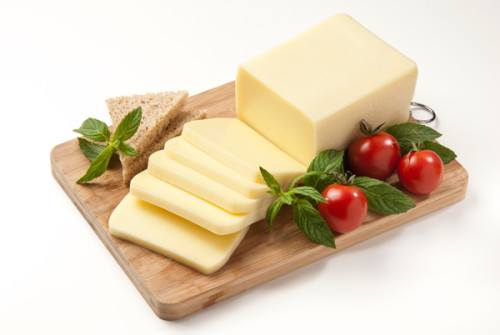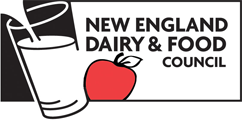 Cheese
Cheese
Fast Facts about Cheese
 Cheese contributes only 5% of the total calories to the U.S. diet, but delivers:
Cheese contributes only 5% of the total calories to the U.S. diet, but delivers:
– 21% of your daily calcium (after milk, it’s the #2 source of dietary calcium for Americans)1
– 11% of phosphorus
– 9% of protein
– 9% of vitamin A
– 8% of zinc 2- Cheese is a nutrient-rich option for those looking to increase their protein intake.
- Lactose intolerant? Cheese can still be an important source of calcium. Natural and aged cheeses such as Cheddar, Colby, Monterey Jack, mozzarella, Parmesan and Swiss contain minimal amounts of lactose, because most of the lactose is removed when the curds are separated from the whey in the cheese making process.
- Salt is a vital part of the cheese-making process, as it controls moisture, texture, taste, functionality, and food safety — salt cannot be completely eliminated and some cheeses require less than others. Ninety-two percent of sodium in the U.S. diet comes from sources other than cheese.3
- Most dairy foods are naturally gluten-free. In the case of cheeses that have added flavors or are processed, check the food label ingredients list to make sure ingredients sourced from wheat, barley and rye aren’t added.
Discover new ways to add dairy to your diet with these delicious recipes from National Dairy Council.
Eight Ways to Say “Cheese!”
References
- Fulgoni III VL, Keast DR, Quann EE, Auestad N. Food sources of calcium, phosphorus, vitamin D, and potassium in the U.S. Presented at Experimental Biology, Anaheim, Calif. April 24-29, 2010.
- Dairy Research Institute TM. NHANES (2003-2006). Ages 2+ years. Data Source: Centers for Disease Control and Prevention (CDC), National Center for Health Statistics, National Health and Nutrition Examination Survey. Hyattsville, MD: US Dept. of Health and Human Services, CDC, [2003-2004; 2005-2006]
- Hentges E. Sources of Sodium in the Food Supply. Paper presented at: Institute of Medicine Committee on Strategies to Reduce Sodium Intake, Information-Gathering Workshop;2009; Washington, D.C.
- Donnelly JE, Sullivan DK, Smith BK, et al. The Effects of Visible Cheese on the Selection and Consumption of Food Groups to Encourage in Middle School Students. J Child Nutr Manag. 2010;34(1). Available at: https://bit.ly/2HIquRi
